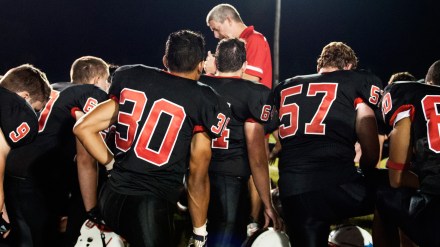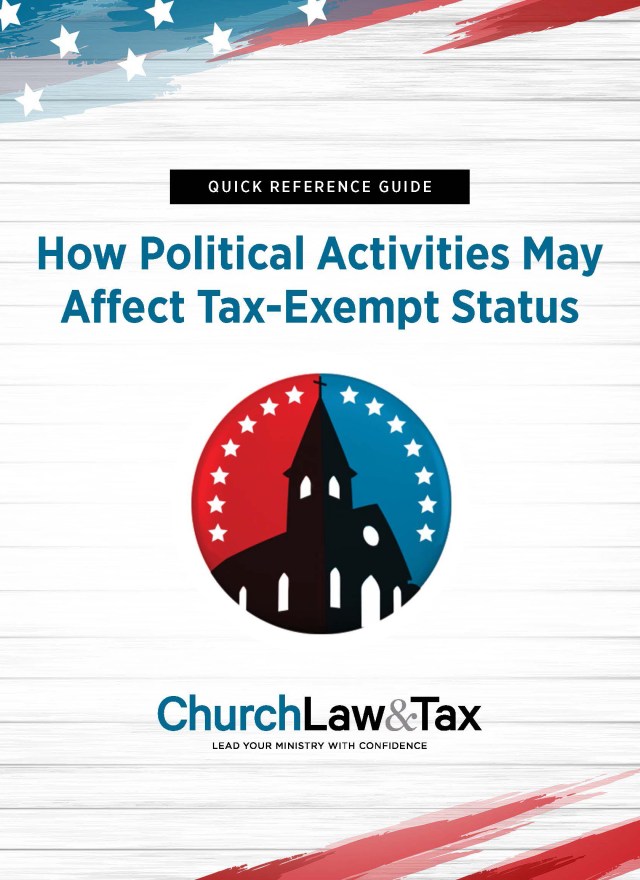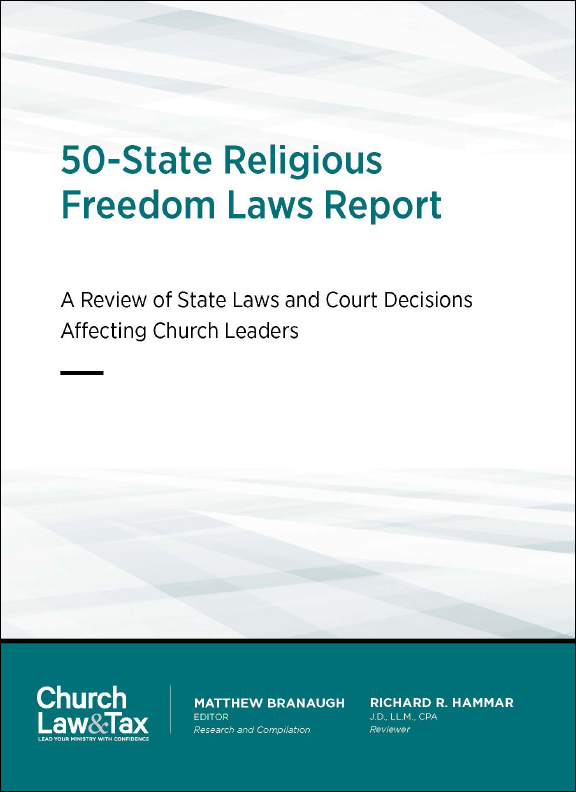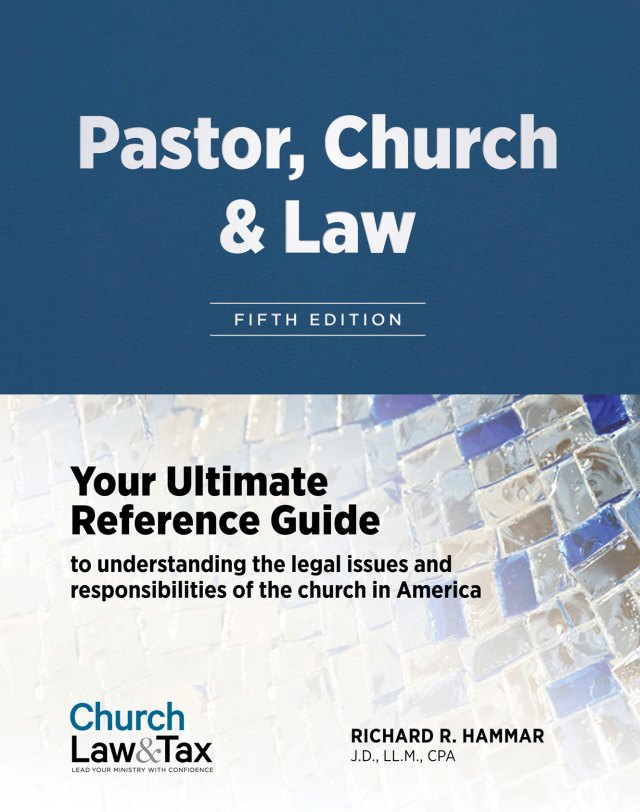Kennedy v. Bremerton School District (2022)
In a 6–3 decision, the U.S. Supreme Court ruled in favor of a high school football coach whose postgame prayers on the field were challenged by his employer. The Court found that the school district violated the coach’s rights under both the Free Exercise and Free Speech Clauses of the First Amendment.
“A government entity sought to punish an individual for engaging in a brief, quiet, personal religious observance doubly protected by the Free Exercise and Free Speech Clauses.” — Supreme Court majority opinion
The ruling also overturned a long-standing judicial test used in Establishment Clause cases, reshaping how courts evaluate religion-related disputes involving government actors.
Background: Coach Kennedy’s Prayers
- Joseph Kennedy, a Marine Corps veteran, began coaching football at Bremerton High School in Washington in 2008.
- After games, Kennedy would kneel at midfield and offer a brief, silent prayer, usually lasting about 30 seconds.
- Initially, Kennedy prayed alone. Over time, players joined voluntarily—sometimes including opponents.
- Kennedy occasionally added motivational messages to his prayers when students were present.
For more than seven years, no complaints were made. That changed in September 2015, when the district’s superintendent instructed Kennedy to stop praying on school grounds after games.
Legal Conflict Begins
- Kennedy paused his prayers but later resumed them, citing a religious conviction and sending a legal letter requesting the right to “private religious expression.”
- The district rejected the request, warning that any public religious display—even done privately—would appear to endorse religion and thus violate the Establishment Clause.
- Despite complying with previous orders, Kennedy resumed praying quietly after three October 2015 games.
- Following these actions, the district:
- Placed him on paid administrative leave
- Barred him from all football-related activities
- Issued a poor performance evaluation, citing policy violations
- Kennedy did not return the following season.
Importantly, the district acknowledged:
- No evidence of coercion of students to join in prayer
- Kennedy had complied with requests to stop leading players in postgame prayer
Kennedy Sues: First Amendment Claims
Kennedy sued in federal court, alleging violations of:
- The Free Speech Clause
- The Free Exercise Clause
Lower courts sided with the district. The Supreme Court agreed to hear the case and ultimately ruled in Kennedy’s favor.
Free Exercise Clause: Two Ways to Prove a Violation
The Court explained that plaintiffs can show a violation of the Free Exercise Clause by:
- Demonstrating hostility to religion, such as public officials showing bias (e.g., Masterpiece Cakeshop v. Colorado Civil Rights Commission, 2018).
- Proving non-neutral or non-general policies that burden religious practice.
The Court ruled that Kennedy satisfied the second test:
“The District’s challenged policies were neither neutral nor generally applicable … Prohibiting a religious practice was thus the District’s unquestioned object.” — Majority opinion
Free Speech Clause: Private or Government Speech?
The key legal question: Was Kennedy’s prayer private speech or government speech?
The Court found that:
- Kennedy was not speaking as a government employee.
- His prayer did not involve coaching duties or school policy.
- The act occurred during a brief window when coaches attended to personal matters.
“Simply put: Mr. Kennedy’s prayers did not owe their existence to Mr. Kennedy’s responsibilities as a public employee.”
As a result, the district’s restrictions violated Kennedy’s free speech rights.
The Court’s Conclusion
To justify its restrictions, the district needed to prove it had a compelling interest and that its actions were narrowly tailored. The Court found it failed to do so.
“Respect for religious expressions is indispensable to life in a free and diverse Republic … [This case involved] a brief, quiet, personal religious observance doubly protected by the Free Exercise and Free Speech Clauses.”
Major Shift: The End of the Lemon Test
The decision also struck down the long-standing Lemon test from Lemon v. Kurtzman (1971), which courts used to evaluate Establishment Clause cases.
The Lemon Test’s 3 Prongs:
- Government action must have a secular purpose
- Its effect must neither advance nor inhibit religion
- It must avoid excessive entanglement with religion
Over time, courts also used a “reasonable observer” endorsement test, asking whether someone might see the action as religious endorsement.
The Court said these tests:
- Invited legal chaos
- Led to inconsistent rulings
- Created a “minefield” for public officials
“[T]he Establishment Clause must be interpreted by reference to historical practices and understandings … consistent with the understanding of the Founding Fathers.”
Conclusion: Expanded Protections for Religious Liberty
This landmark ruling affirms the constitutional protections of free speech and free religious expression, especially for government employees acting in a private capacity.
Most significantly, it marks the formal end of the Lemon test—reshaping how courts will interpret government interaction with religion in the years ahead.
Case citation: Kennedy v. Bremerton Sch. Dist., 142 S. Ct. 2407 (2022)



